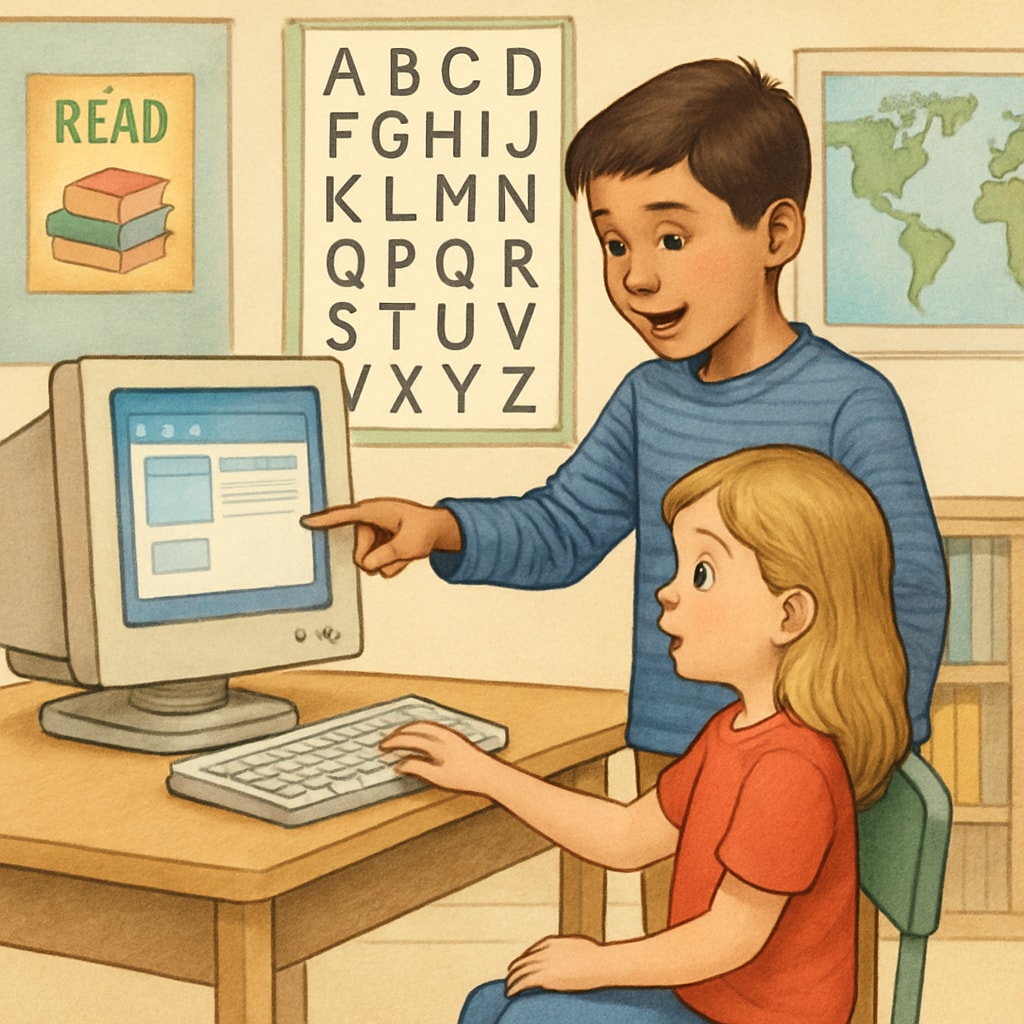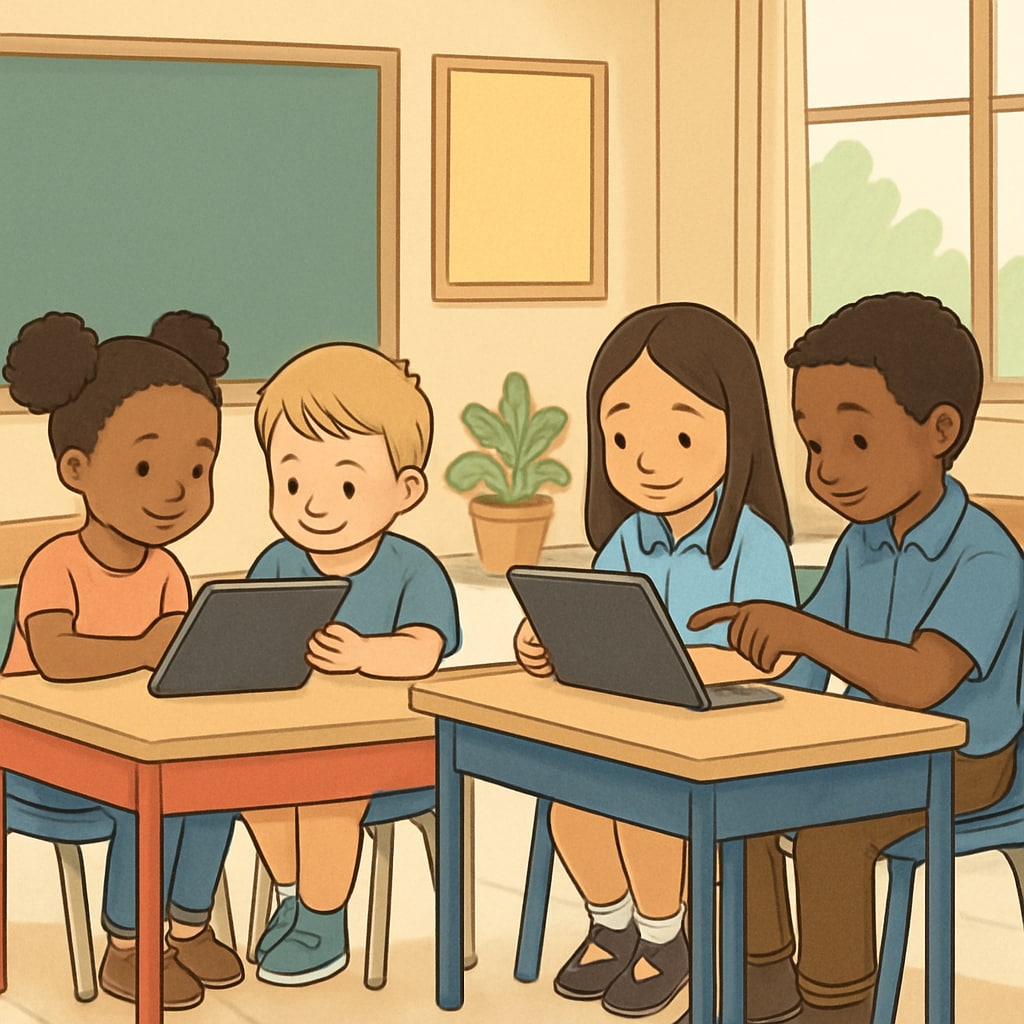Engaging students of different ages in collaborative learning projects can yield remarkable results. By implementing “kindergarten partner programs, cross-grade activities, computer skills,” educators can bridge the gap between kindergarteners and fourth-grade students, creating an environment where both age groups benefit from shared learning experiences. These activities not only enhance technical proficiency but also foster social connections and cultivate responsibility.
Why Cross-Grade Collaboration Matters
Cross-grade activities offer unique opportunities for students to grow academically and socially. Kindergarteners gain exposure to older role models, while fourth graders develop leadership and mentoring skills. Mutual interaction promotes empathy and teamwork, which are essential for character development.
For example, pairing students in projects focused on computer skills allows kindergarteners to become familiar with basic technology under the guidance of their older peers. Fourth-grade students, in turn, reinforce their own understanding by teaching concepts such as using a mouse, navigating educational software, or typing simple words.

Designing Effective Kindergarten Partner Programs
Creating structured activities ensures that learning objectives are met for both age groups. Here are some tips for designing successful programs:
- Set clear goals: Define outcomes for both groups, such as mastering basic computer skills or improving social interaction.
- Pair thoughtfully: Match students based on compatible personalities and learning styles to maximize engagement.
- Incorporate technology: Use age-appropriate educational software, such as ABCmouse for kindergarteners and Scratch for fourth graders.
- Monitor progress: Regularly assess both groups’ achievements to ensure balanced learning.
Additionally, educators should maintain flexibility, adjusting activities based on the needs and interests of participants. This adaptability ensures that both age groups remain motivated and involved.

Examples of Collaborative Activities
The following activities integrate computer skills while promoting teamwork and social development:
- Digital Storytelling: Fourth graders help kindergarteners illustrate and narrate a simple story using software like Book Creator. This activity combines creativity with basic computer navigation.
- Interactive Coding: Pair students to explore beginner coding platforms such as Code.org. Fourth graders mentor kindergarteners in dragging and dropping blocks to create simple animations.
- Virtual Art Projects: Kindergarteners draw shapes and patterns using art applications, guided by fourth graders who introduce them to digital tools.
- E-Learning Games: Utilize fun, educational games like Math Bingo or Alphabet Adventure to reinforce foundational skills in younger students, while older students supervise and encourage participation.
These activities not only enhance computer literacy but also provide opportunities for meaningful interactions across age groups, building bridges of understanding and cooperation.
Benefits Beyond the Classroom
The impact of cross-grade collaboration extends far beyond technical skills. Students develop soft skills such as patience, communication, and accountability. For kindergarteners, these programs build confidence in interacting with older peers. Fourth graders, on the other hand, gain a sense of accomplishment by acting as mentors and leaders.
Moreover, these activities create a sense of community within schools, fostering an environment where students support and learn from one another. As a result, schools that invest in such programs often report improved student satisfaction and engagement.
Conclusion: Implementing “kindergarten partner programs, cross-grade activities, computer skills” can transform the educational experience for both younger and older students. Structured collaboration not only enhances technical abilities but also nurtures essential life skills, building connections that empower learners to grow together.
For further reading, visit Collaborative Learning on Wikipedia or Early Childhood Education on Britannica.


